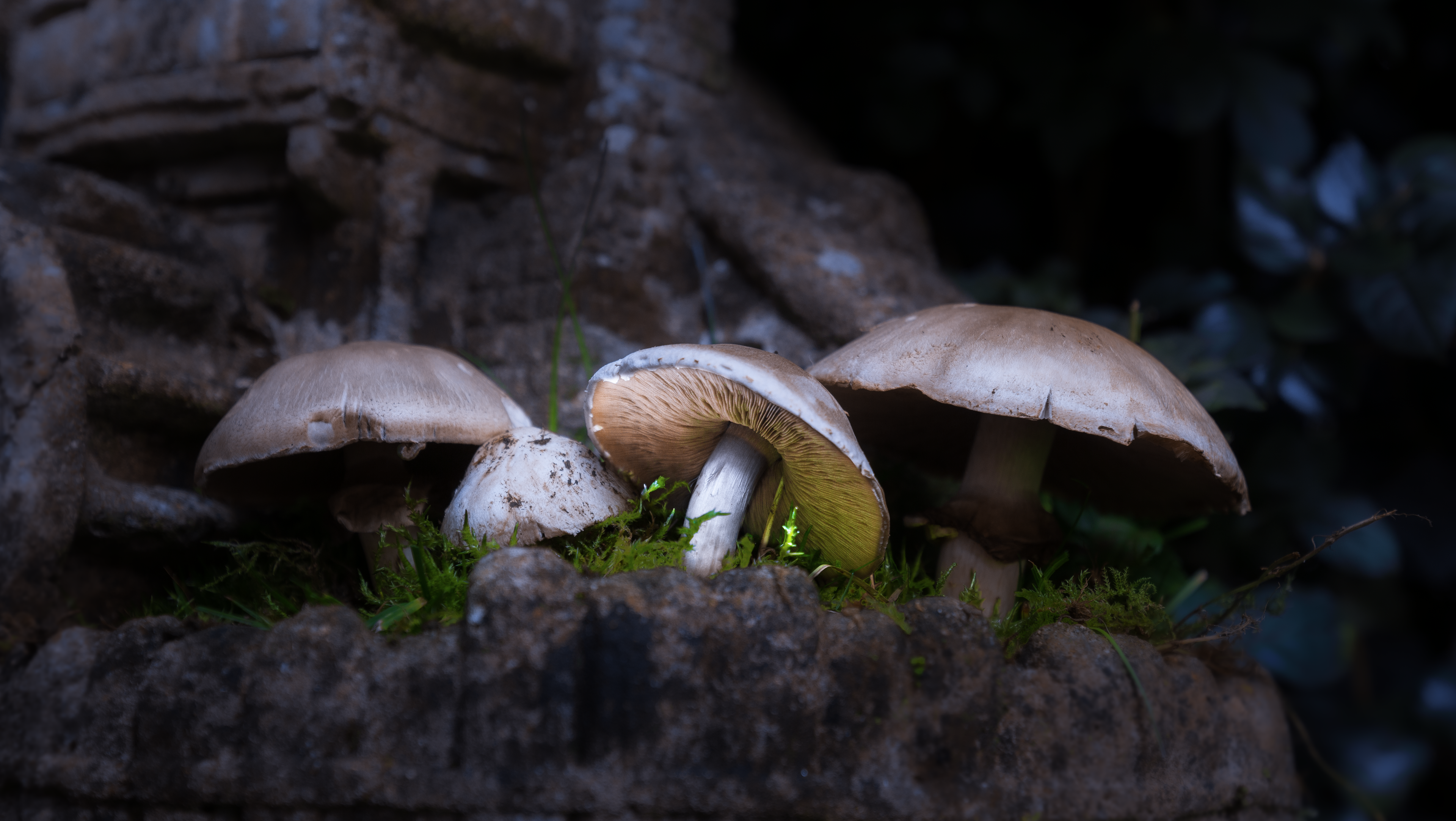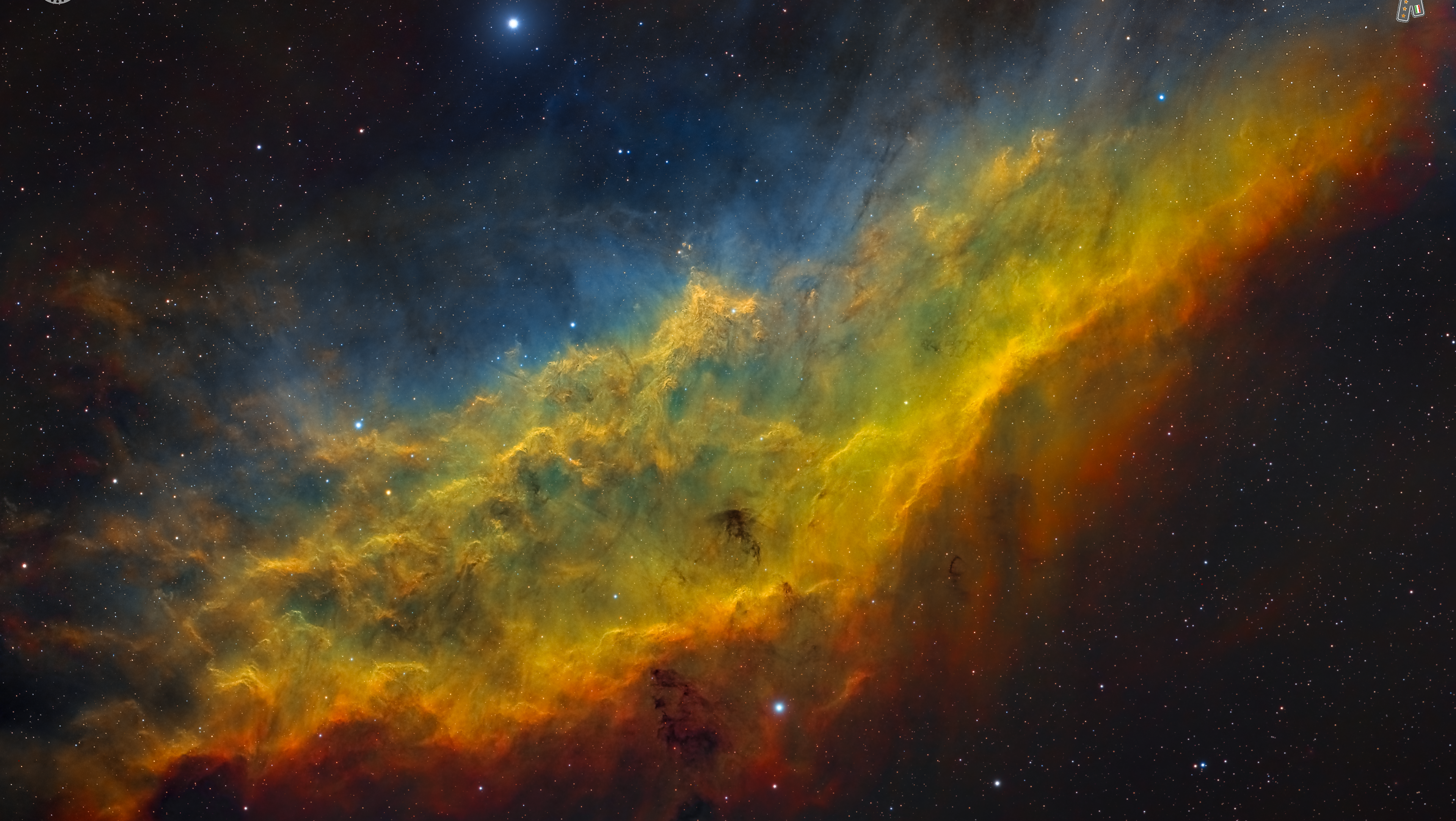The first setup is an Astro-Tech 106 LE f6.5 FPL53 apo triplet refractor with the focuser upgraded to a Moonlite CFL large 2.5" large format refractor focuser and Moonlite High Resolution Stepper Motor Kit controlled by a Rigel USB nStep Focus Controller.
In order to maintain its 690mm focal length I am using a 2" x1 TS2Flat field flattener that is correcting the field of view and gives me nice round stars all the way to the corners.
For a very good pixel scale of 1.38 arcsec/px, the telescope is paired with a ZWO ASI294M Pro monochrome camera in 11mpx bin 2x2 mode together with a ZWO 8x1.25"/31mm filter wheel and a full 1.25" Chroma 3nm SHO and LRGB filters plus a Chroma Lo-glow light pollution filter that I'm using when shooting luminance for an improvement in contrast and a reduction of the detrimental effects of the light pollution.
For high resolution imaging on those nights with very good seeing, I can use the camera in the 47mpx bin 1x1 mode that would give me a 0.69"/px pixel scale and this way being able to heavily crop the photo without any loss in detail.
The telescope is mounted on a StellarDrive GT6 (AZ-EQ6 GT tuned by Dave at Dark Frame Optics) powered from a Nevada 13.8v power bench.
To guide the mount I'm using an Opticstar AR 90mm f5.5 achromatic refractor paired with a QHY5L-IIM guide camera.
The W&W astro dew straps powered by a Hitecastro dew heater controller keep the dew at bay during those humid nights that otherwise would ruin my photos.
The whole setup is sitting on an Altair Astro Observatory pier and an eq6 tripod extension tube for increased height that enables me to shoot lower targets that I wouldn't be able to shoot without it and to bring it to the same height as my second setup.
______________________________________________________________________________________________________________________________
For a wider field of view I'm using the second setup which consists of a TS65Q f6.5 420mm FPL53 quadruplet imaging apo refractor paired with a QHY294M Pro monochrome camera which is using the same sensor as the ZWO ASI294M camera.
When used in the 11mpx mode I am slightly undersampled at 2.27"/px but for correct sampling at 1.14"/px, I can always use it in the 47mpx.
Being a quadruplet refractop, the telescope offers a corrected field of view for sensors up to APS-C in size so it doesn't need a field flattener reason why is very pleasant and easy to use.
The camera is being used with a QHYCFW3 7x36mm filterwheel and a full Antlia 3nm 36mm unmounted SHO and LRGB set.
The focus is being controlled by a Pegasus Astro FocusCube V1.
The mount used for this setup is an old EQ6 with upgraded Geoptik dual saddle and puck for EQ6 and upgraded altitude and latitude bolts, mount that has also been hypertuned by Dave at Dark Frame Optics for an excellent improvement in performance. The mount is also powered by the same Nevada 13.8v power bench.
The mount is guided by a Skywatcher 9x50mm finder-guider paired with a second QHY5L-IIM guide camera.
The same as the 1st setup, for dew control, I'm using the W&W astro dew straps and Hitecastro dew heater controller.
This setup is sitting on a homemade pier built from a steel square tube that I found in a skip, a couple of car break disks and 4 brackets for fixing to the concrete.
______________________________________________________________________________________________________________________________
On both mounts I installed polemaster adapters for precise polar alignment with my QHY polemaster camera.
For telescope operation and control I'm using an Intel NUC i5 NUC6i5SYH 8Gb memory and 256Gb SSD that is housed between the brake disks of the widefield setup. The iNUC is being controlled through remote desktop by my computer inside the house or by my laptop when I need to be outside with the telescopes.
When not in use the telescopes are being covered, one with a telegizmos 365 cover and the second with a normal telescope cover and under those covers I'm using dehumidifiers and 40w tubular heaters for reduced condensation. Also the mounts are fitted with 139 decibel motorcycle alarms that activate when they vibrate over a limit set by myself.



